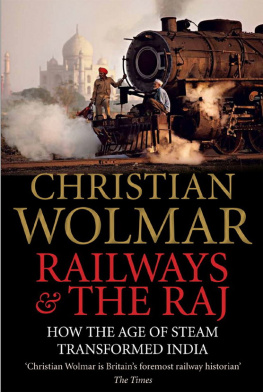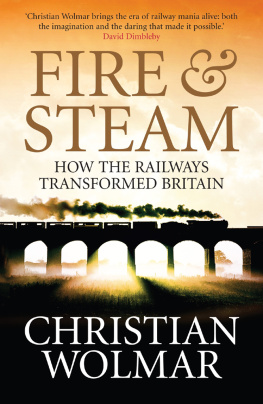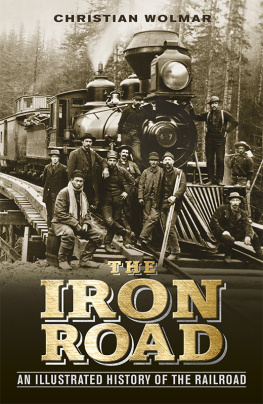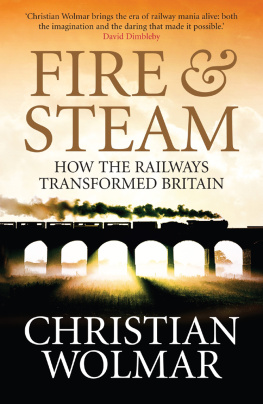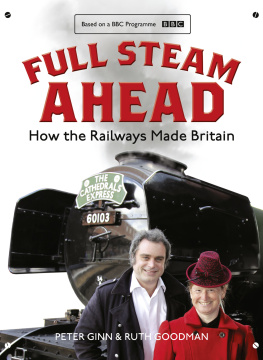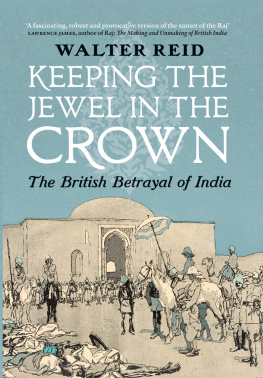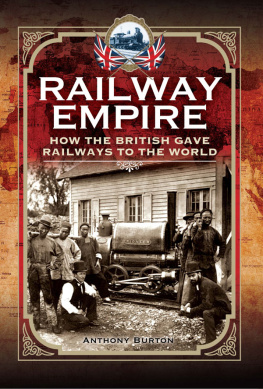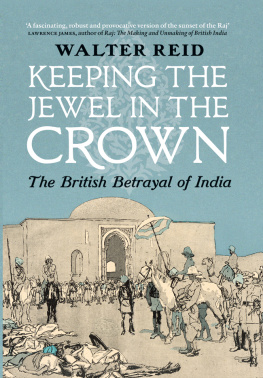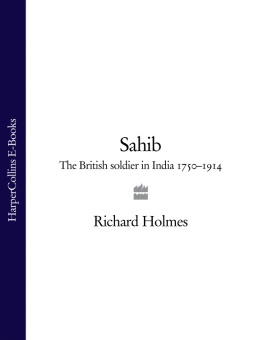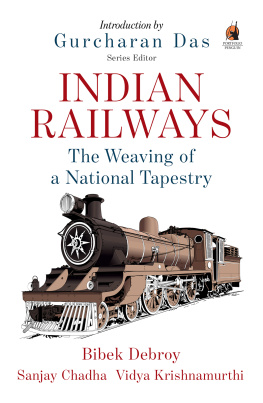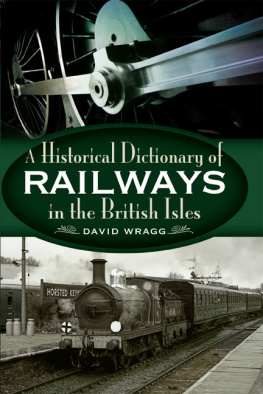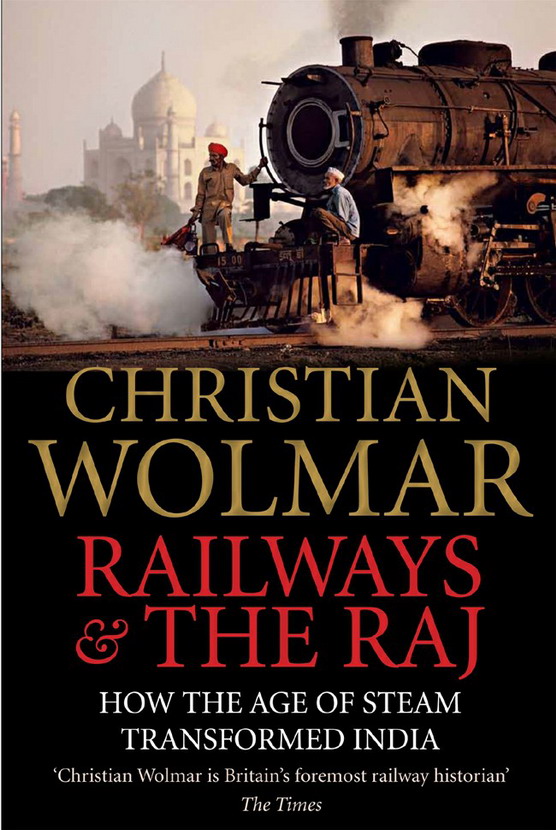By the same author
Are Trams Socialist?
To the Edge of the World
Engines of War
Blood, Iron & Gold
Fire & Steam
The Subterranean Railway
On the Wrong Line
Down the Tube
Broken Rails
Forgotten Children
Stagecoach
The Great Railway Disaster
The Great Railway Revolution
Dedicated to Deborah Maby who has put up with me in good times and bad, and is the best possible travel and life companion.
CONTENTS
ILLUSTRATIONS
SECTION ONE
SECTION TWO
)
MAPS
(NB: Place names on maps refer to the contemporary versions.)
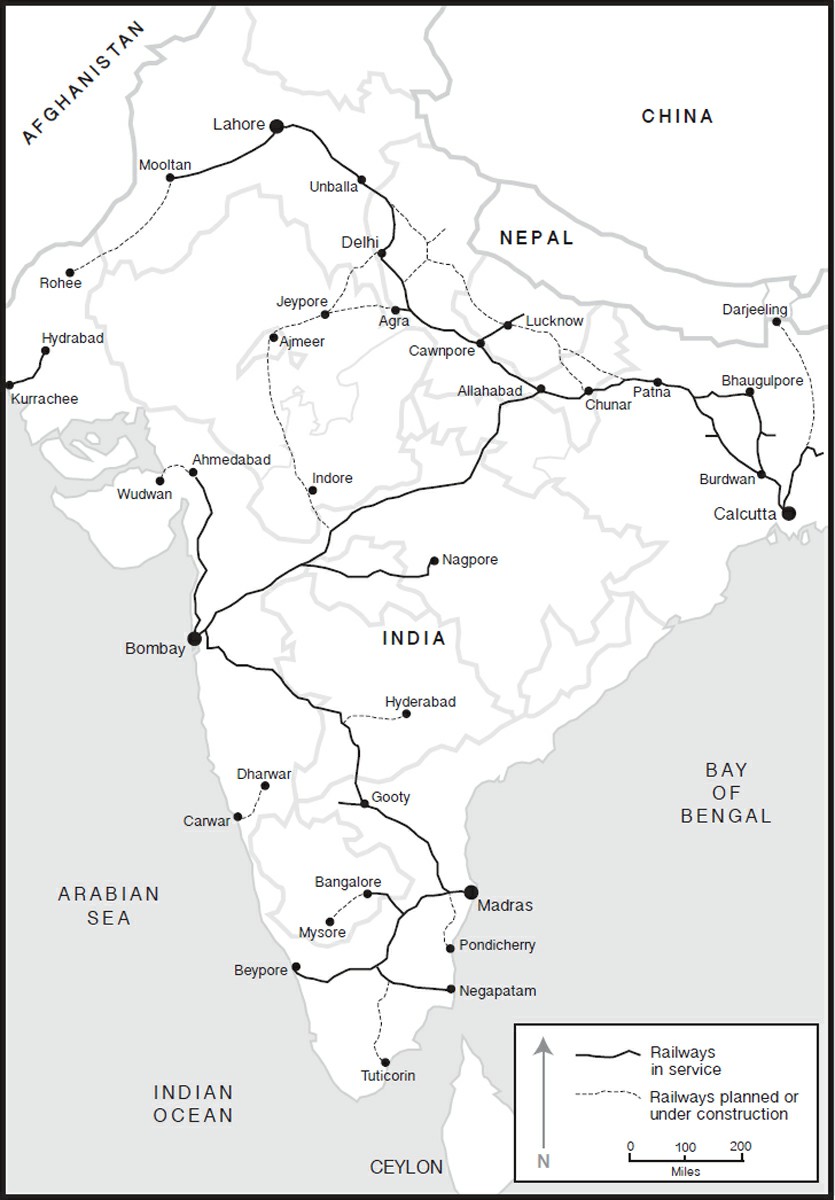
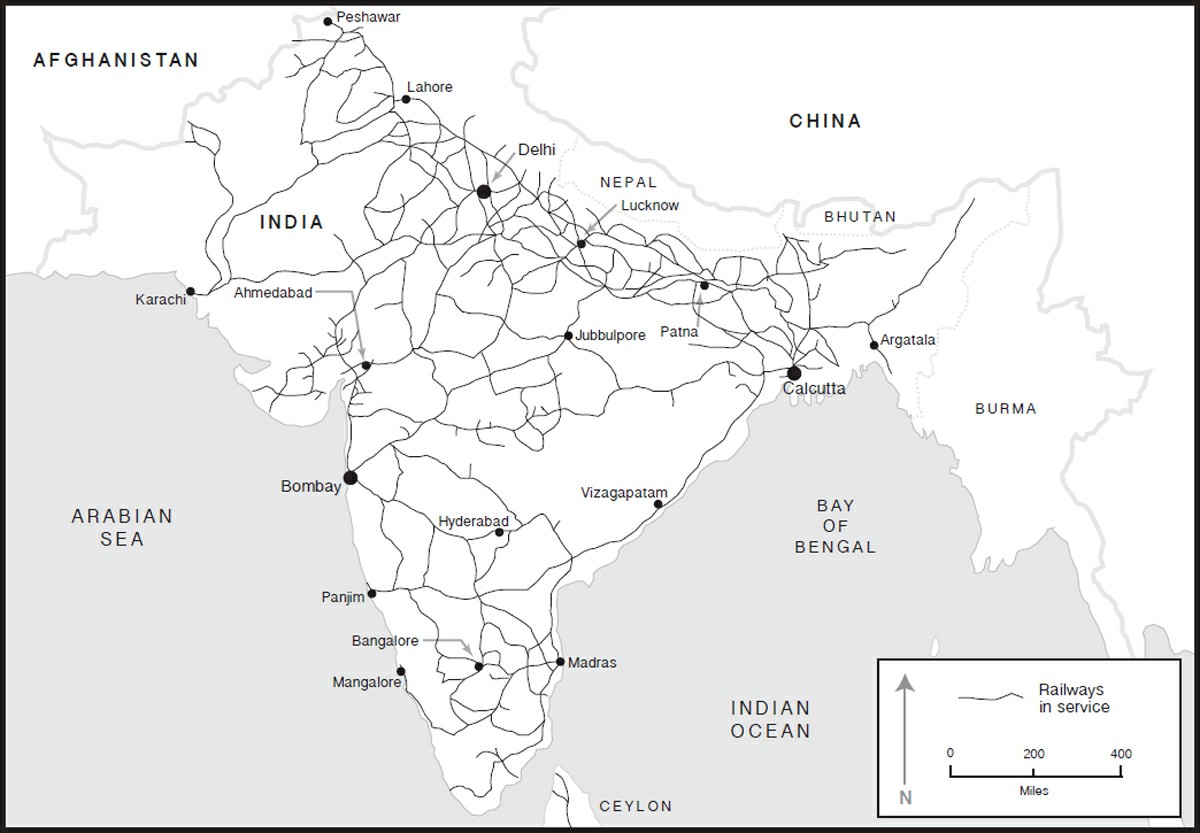
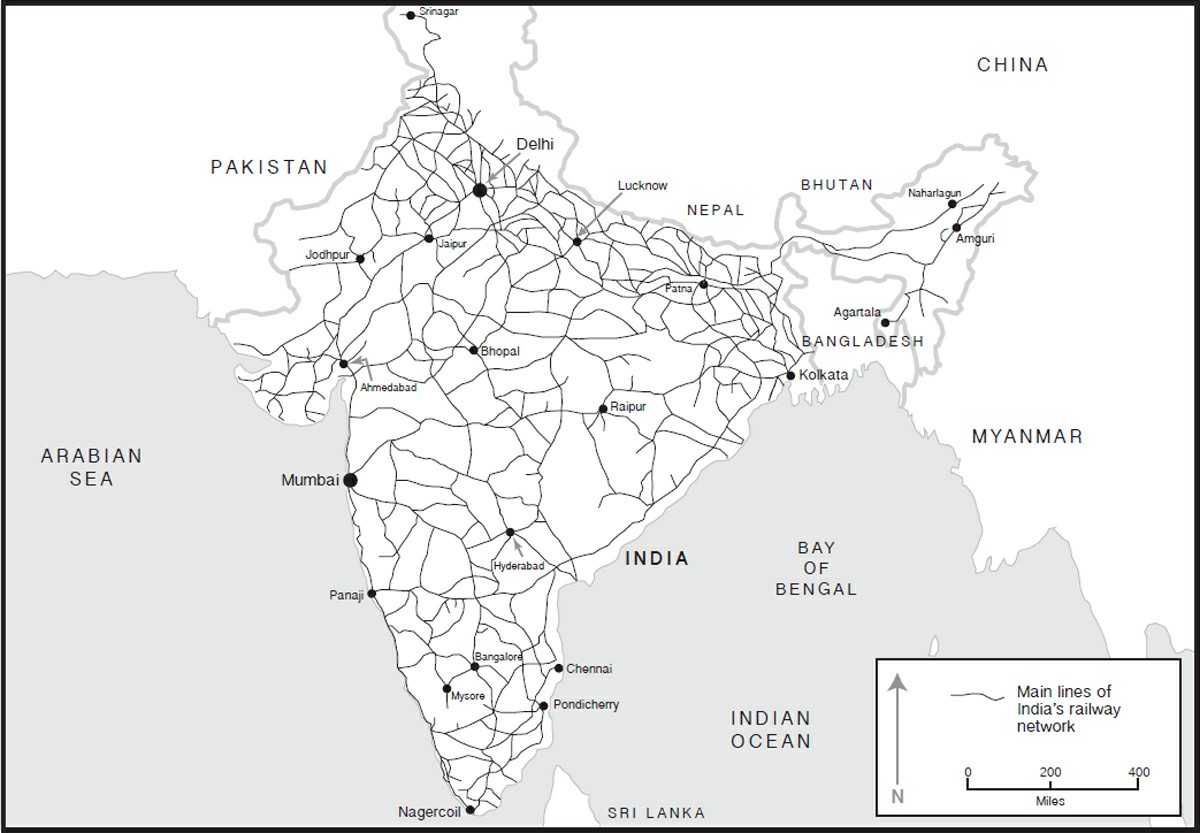
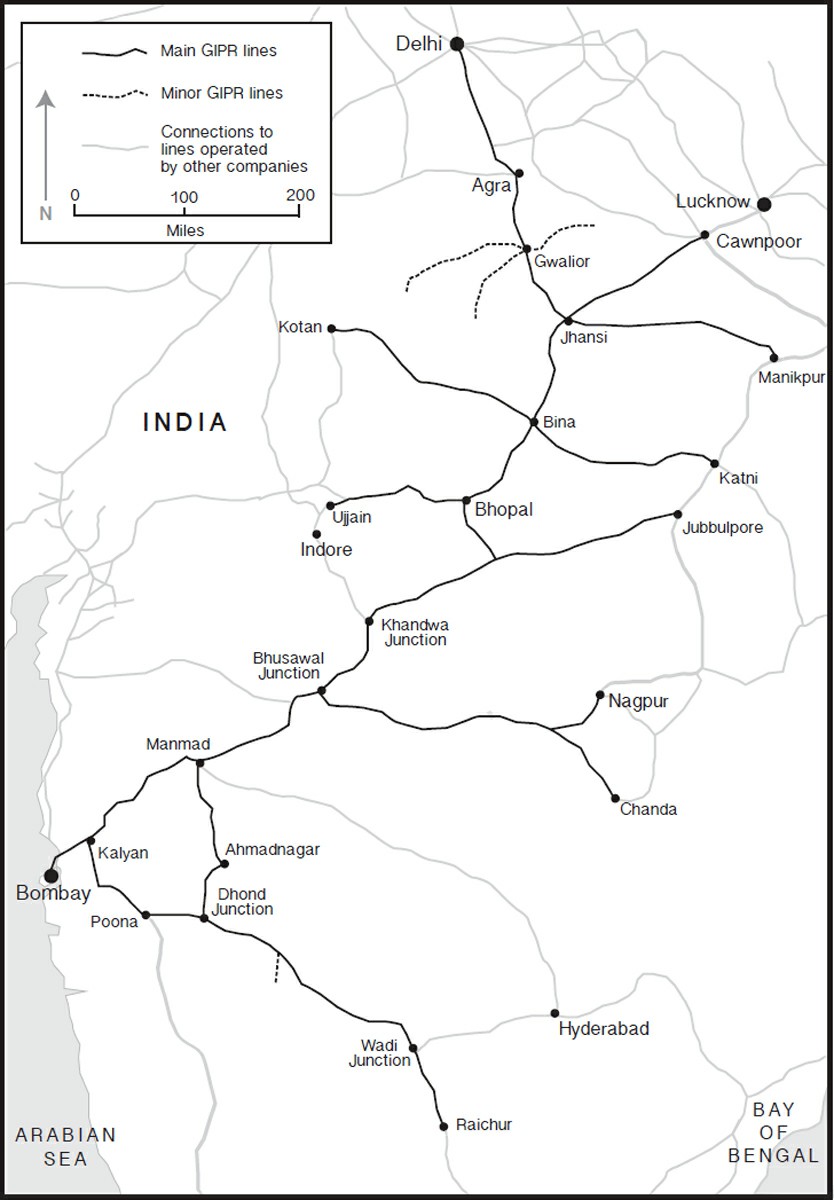
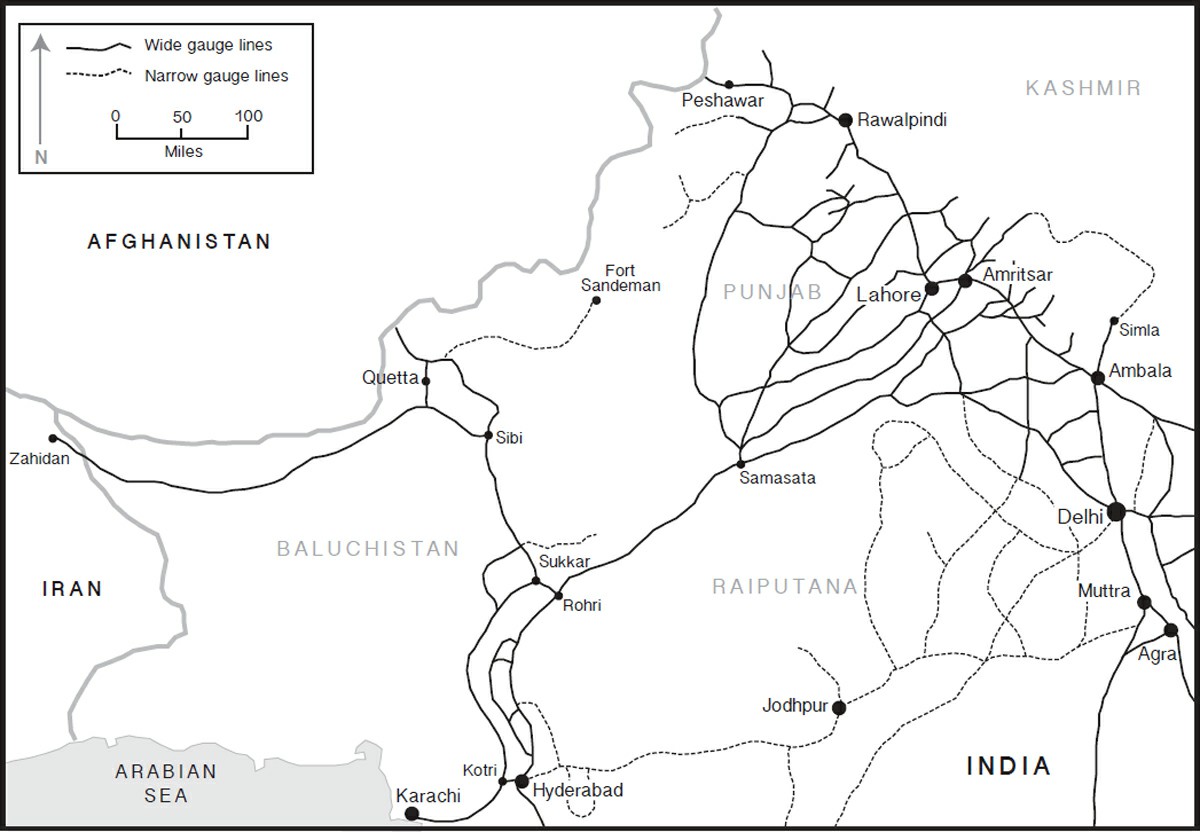
FOREWORD
S INCE INDIAS FIRST train clanked and puffed its way along the 21-mile track from Bombay to Thane in 1853, Indian Railways has captivated writers, charmed filmmakers, and fired the bellies of historians eager to trace the tracks back to the very first sleeper laid. Lovingly known as the Lifeline of a Nation, Indias railways are the arteries that keep the countrys heart beating. So much more than a simple method of transport, the railways are a microcosm of Indian society, carrying more than 25 million passengers every day, blasting through cities, crawling up mountains and skimming along coasts.
To write about Indias railways is a challenge as vast, sprawling and complex as the network itself, which I discovered in 2010 when I spent five months travelling the length and breadth of the country to research my travelogue, Around India in 80 Trains. As a British Indian I was reminded on a daily basis by my fellow passengers that these trains had been the brainchild of the Brits, but to wind in the history and politics behind the birth of the railways would have doubled the length of my book, and I knew it was best left to accomplished railway experts, like Christian Wolmar, to accept the gargantuan task.
The horrors of empire are left blank in the history books of British schools, and the trope but we gave you the railways! is swift to emerge in discussions on legacies of the British Raj. Ignoring the fact that many countries developed a railway system without the devastation of colonization, apologists for empire remain blinkered to the British motivation. As India marks seventy years of Independence, this much-needed history seeks to demolish a number of infuriating myths. Wolmar expounds, with aplomb, how the building of the railways was hardly an act of benevolence towards the Indian people, more a fast-track plan to govern more efficiently, facilitate the plunder of loot, and line their pockets at the expense of the Indian taxpayer who footed the bill for the railways construction. But we also discover how Indians learnt to harness the railways and weaponize them against the very people who had put them in place.
Eschewing the dryness of other books on the subject, Wolmars historical detail is pumped with colour and life. He recounts how the first trains were viewed by some as an iron demon driven by magic and powered by children and young couples buried under the sleepers to provide sustenance for the fire chariot. We travel deep into the mountainous ghats where 6,000 daily explosions often sent workers tumbling into the ravines below, watch troops being evacuated during the Second World War, and gain a fly-on-the-wall look at Gandhis relationship with the railways. Tracing the evolution of Indian Railways, Wolmar rightly caps off his exploration of their role in todays modern age by buying a ticket to ride along the Konkan Railway, the missing link that the British were too frightened to attempt building. Flanked by the Western Ghats and the Arabian Sea, this 460-mile feat of engineering excellence was left in the hands of Indian railway workers whocompleted construction of the line in 1998. And if were ever to trust a writer on Indias railways, it should be one who isnt afraid to sit in the open doorway of a moving train, chai in hand, watching the country roll past in all its glory.
Monisha Rajesh, author of Around India in 80 Trains
INTRODUCTION
A S WITH SEVERAL of my railway histories, Railways & the Raj is an attempt to set out a complex story in a clear and simple way, which few other authors have attempted. There are surprisingly few books about Indian railway history and none have covered the story of their creation, their influence and their enduring legacy in one volume. Railways & the Raj is consequently an overview of a railway system that merits far more study and analysis than it receives. I have tried to touch on all the major events and the various ways in which the railway has been important for the subcontinent, but inevitably much has been left out.
India is a vast nation and it has seen huge political transformation since the advent of the railways, changing from a country controlled by a company to being Britains most important colony and eventually an independent state. In the process, India has lost parts of its territory, which left me with something of a dilemma over what to include and what to leave out. My compromise has been to include the story of railways now in Pakistan and Bangladesh while they were part of India, but to mention them only briefly in the sections about post-Independence India.
I have offered brief explanations of general historical background because the story of the railways is so strongly intertwined with thehistory of the country. Indeed, while railways played a key part in the history of nations covered by my other books, such as those on American railroads or the Transsiberian, few people could challenge the notion that India is the nation where the railways have been most influential in historical terms. But, after being so bound up with India for more than a year during the course of writing this book, I may be biased.
Many place names have officially changed since Independence, however, I have used the contemporary version throughout the book in order to fit in with the events being described. Therefore, for events up to Independence, old versions of names are used, while new ones are only used after the change had been made (which happened at different times for various places). For example, Bombay is referred to until the book reaches the mid-1990s, when its name was changed to Mumbai, which it is called thereafter, and that is reflected in the index. Some names have been changed merely to reflect the use of Indian English, or sometimes to reflect the local language, and in these cases the more modern spelling has usually been used everywhere in the book. When states are referred to, the modern names have been used throughout because they have been added to help the reader locate the town or city on a modern map. Therefore, Karnataka is used rather than Mysore, and Tamil Nadu rather than Madras State. This process is still taking place: for example, the state of Odisha has been known as Orissa only since 2011. Apologies for any inconsistencies.

